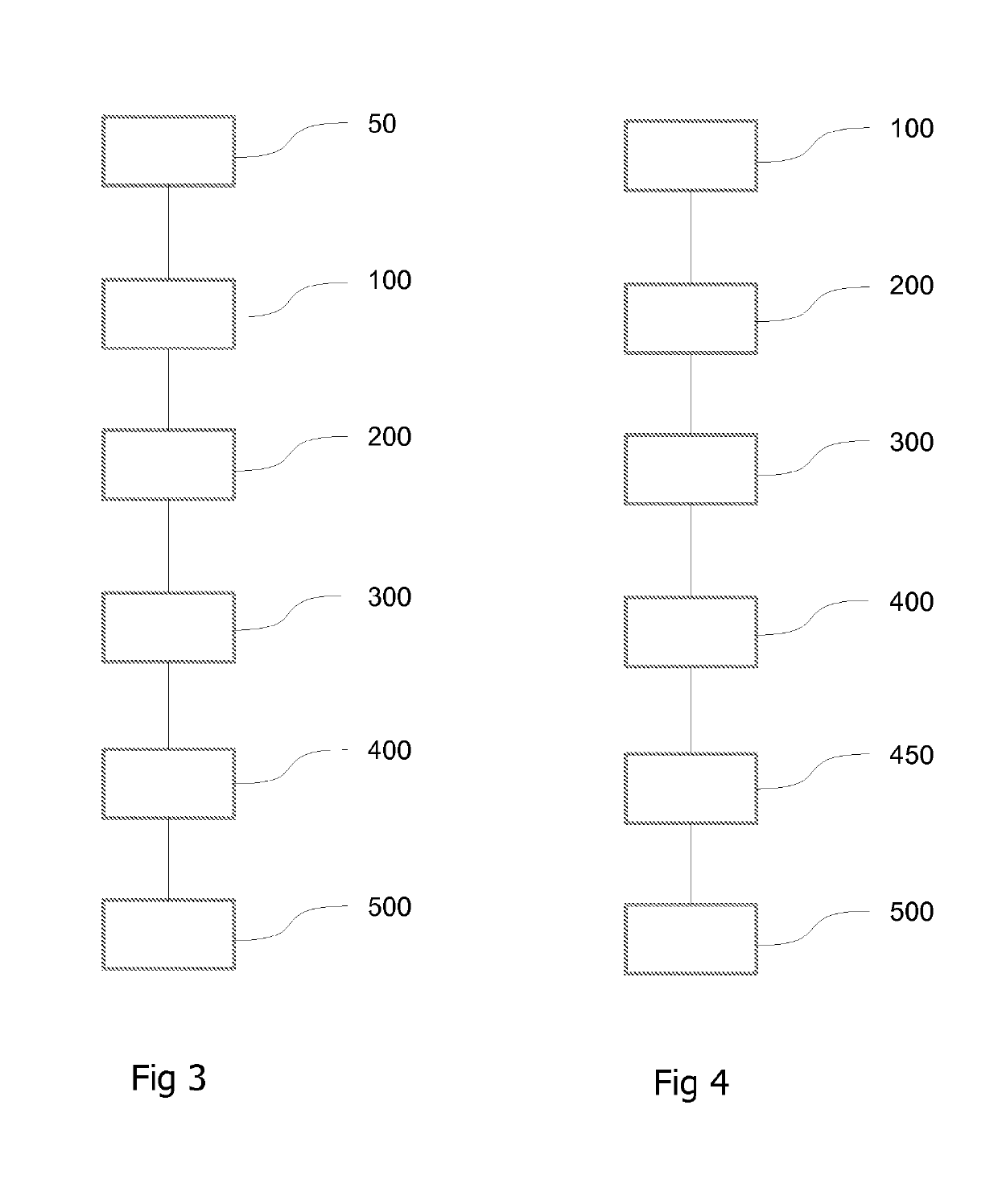Method for planning the acquisition of images of areas of the earth by a spacecraft
a spacecraft and image acquisition technology, applied in image data processing, forecasting, cosmonautic components, etc., can solve the problems of increasing the number of requests to be processed by such a spacecraft, difficult to solve in a reasonable amount of time, and it is not possible to make full use of this capability
- Summary
- Abstract
- Description
- Claims
- Application Information
AI Technical Summary
Benefits of technology
Problems solved by technology
Method used
Image
Examples
Embodiment Construction
[0045]The present invention belongs to the field of planning the acquisition of images of terrestrial areas by a spacecraft on a mission around the Earth following a predetermined traveling orbit.
[0046]FIG. 1 shows a flowchart of one exemplary implementation of a method for planning the acquisition of images of terrestrial areas Z1, . . . , ZN by a spacecraft.
[0047]The term “acquisition of images” is understood here to mean measuring electromagnetic radiation received from said terrestrial areas Z1, . . . , ZN. For this purpose, the spacecraft includes an optical system that is intended to carry out a plurality of image acquisition operations, said optical system additionally including sensors that are suitable for measuring said electromagnetic radiation. Said images are ultimately converted into a digital format and stored within a limited-capacity memory on board said spacecraft.
[0048]The aim of the remainder of the description is more specifically, but non-limitingly, a method f...
PUM
 Login to View More
Login to View More Abstract
Description
Claims
Application Information
 Login to View More
Login to View More - R&D
- Intellectual Property
- Life Sciences
- Materials
- Tech Scout
- Unparalleled Data Quality
- Higher Quality Content
- 60% Fewer Hallucinations
Browse by: Latest US Patents, China's latest patents, Technical Efficacy Thesaurus, Application Domain, Technology Topic, Popular Technical Reports.
© 2025 PatSnap. All rights reserved.Legal|Privacy policy|Modern Slavery Act Transparency Statement|Sitemap|About US| Contact US: help@patsnap.com


